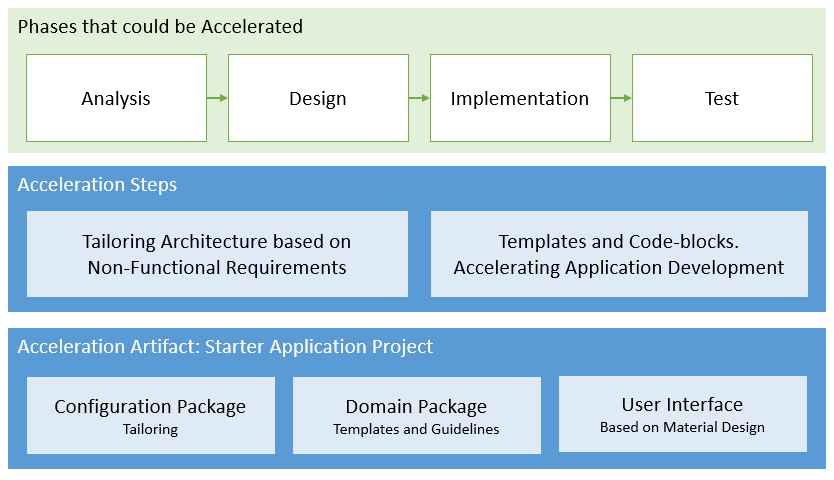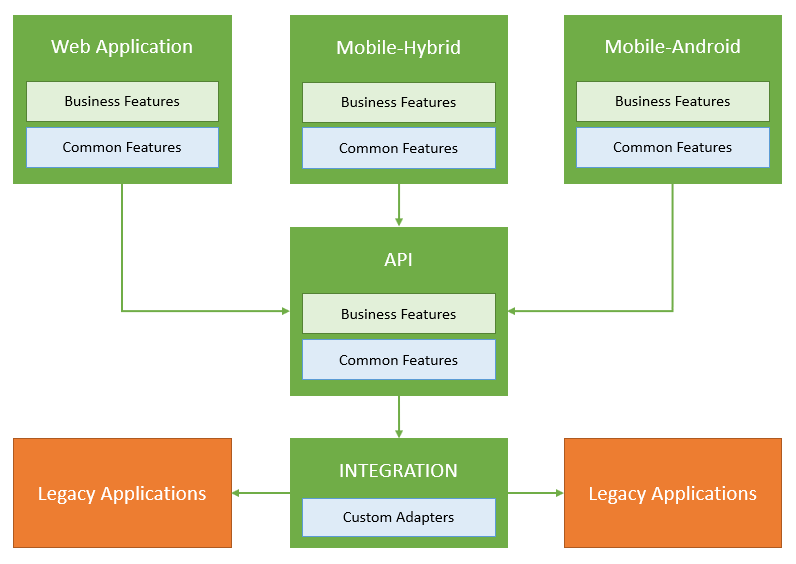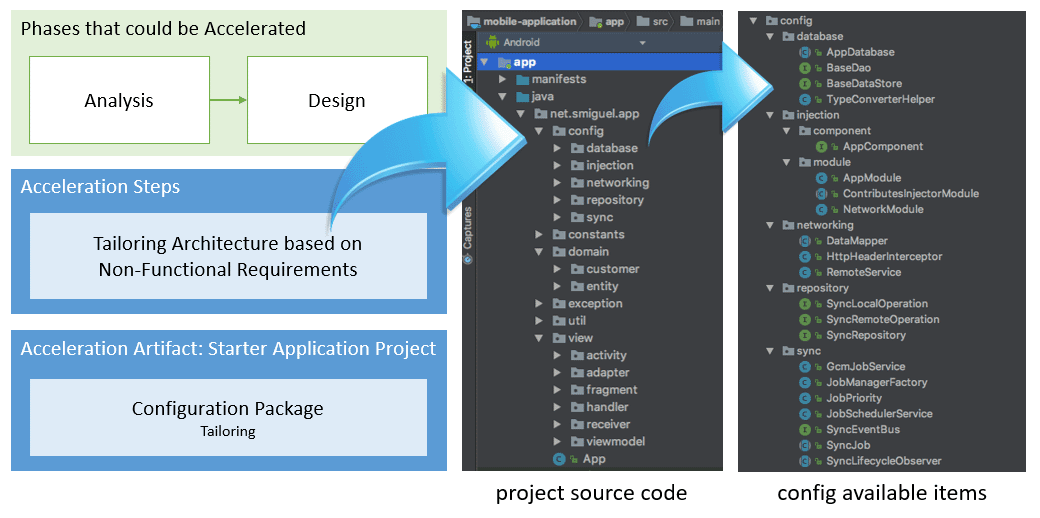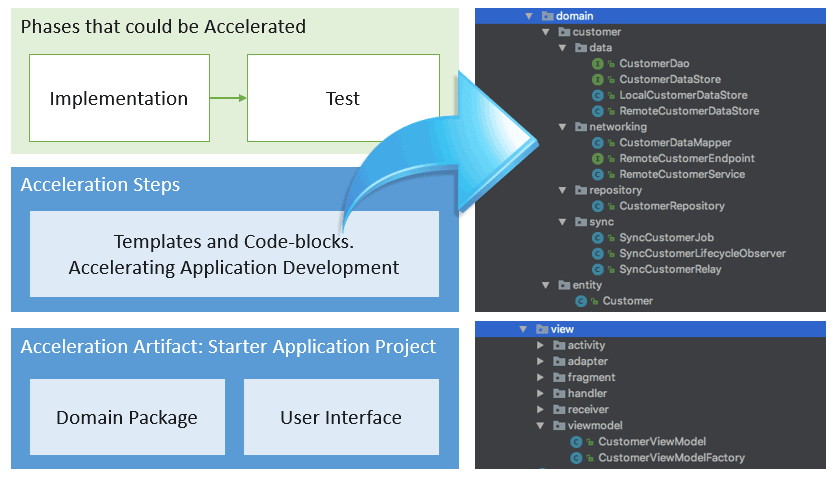About me
IT professional with 20+ years of hands-on experience in the field of software development.
Versatile software architect and developer with a passion for new challenges and crafting innovative solutions, leveraging a deep understanding of architecture principles to drive the development of robust and scalable software applications.
Active in the fields of architecture, design, requirements analysis, data modeling, prototyping, full-stack web and mobile development. An eternal learner that really loves what he does.
Areas of Interest
- Optimizing and Accelerating Software Development
- Cloud-Native Software Solutions
- Blockchain and Decentralized Applications
- Gamification in Finance and Banking
- Machine Learning and Robotic Process Automation
Achievements and Certifications
- Certified Java Architect (JEE5, JEE6)
- AWS Solutions Architect
- Certified Rational Unified Process (RUP)
- Automation Anywhere Certified Advanced RPA Professional
- Certified Scrum Master
- Member of IEEE
You can find additional information on my LinkedIn profile.
Without right requirements and a good design, programming is the art of adding bugs to an empty text file.
Louis Srygley
Line of
Research
Accelerating Software Development
Numerous engineering processes exist in the industry, ranging from waterfall to agile methodologies. However, in practice, it is rare to find consistent adherence to a single methodology. This is not because it is inherently difficult or overly ceremonial, but rather because the variations primarily stem from the core business of each company and the desired time-to-market goals they aim to achieve.
Motivated by this scenario, I've been hard studying how to avoid common errors by proposing a new a new development approach, as presented below.
Prepare the foundation and use the right tools
Aligning the software development process with business goals and objectives
Identifying application structure and behavior: ICONIX is suitable for simpler projects, while Design Thinking is best suited for more innovative projects. Additionally, Domain-driven design can help break down complexity, explicitly identify boundaries, and establish a well-defined project design.
Don't start from scratch: Utilize an existing project that can offer the necessary level of customization aligned with your application requirements. This is where an acceleration framework comes into play, promoting agility and productivity by combining methods and artifacts for the majority of modules found in an enterprise application.
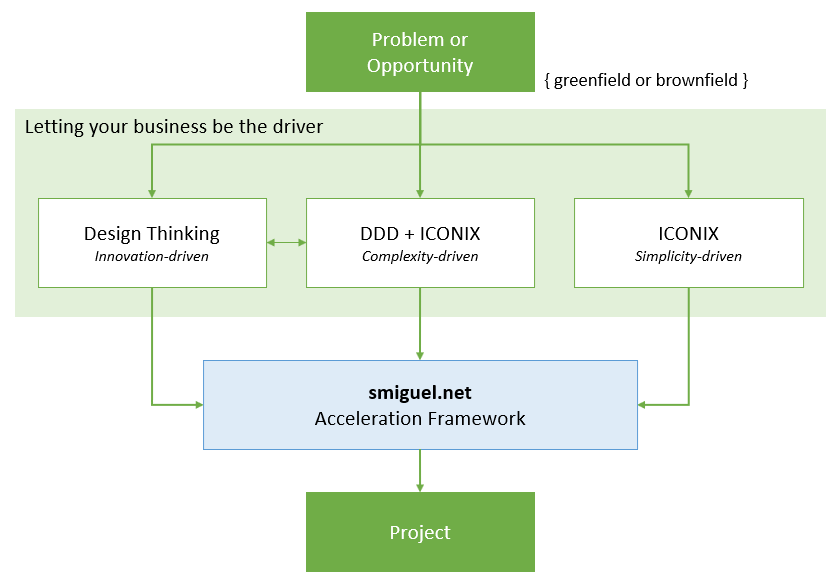
Personal
Projects
Android Starter Application
Comprehensive Android Starter Kit Offering Data Synchronization and Pre-Configured Common Features
Architectural Scope
- Event-driven architecture and reactive programming
- Data Synchronization options: Server-First or Local-First
Common Features
- User Interface: Splash Screen, OnBoarding, Login and Home with Drawer Menu
- Navigation Handler: Activities and Fragments Manipulation
- Sample Customer CRUD Operation
Engage Platform
Connects smaller tasks to larger goals with Gamification
Leveraging the power of gamification to drive user participation and motivation. Engage API is a comprehensive product that offers a set of endpoints specifically designed to provide gamification features out of the box.
With seamless integration capabilities, these endpoints can be easily incorporated into your application, enabling you to enhance user engagement and motivation through gamification techniques.
DevOps Lab
Continuous Integration, Continuous Deployment, and Application Monitoring
A Local Environment Setup and Simple Demo Project that showcases a comprehensive CI/CD implementation, providing an overview of the entire CI/CD process. It includes application monitoring using tools such as Prometheus, Splunk, and Grafana.
DevOps LabBrandConnect: Mobile White Label Platform
Empowering Businesses with Customizable Mobile Engagement
Customizable mobile application solution that allows businesses to create and distribute branded, customized versions of the app to their clients or users. It provides a flexible architecture, modular components, and customization options, enabling efficient rebranding and tailored user experiences without the need for extensive development efforts.
The platform empowers users to easily manage app content, configure settings, and incorporate their branding elements, while the underlying technology handles the complexities of app development and deployment.
Application Modules
- Mobile Application: Hybrid approach using React Native
- Backend: Serverless event-driven architecture
- Repositories: DynamoDB, MySQL, and RedShift
- Streaming: Kinesis integrated with SNS, SQS, Lambda, and Step Functions
- ML & Analytics: SageMaker, Spark, and Jupiter Notebook
Application Strategy
- iOS Application: Using targets and custom build pipeline single codebase
- Android Application: Using flavours and custom build pipeline single codebase
- Security: Distinct User Pools and IAM selected according to App ID
- Repositories, Streaming, and Analytics: Segregated by App ID
- Cloud Provider: AWS
Looking to turn your ideas into reality?


